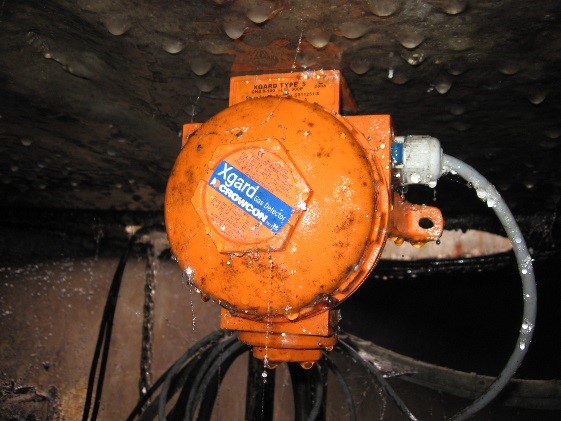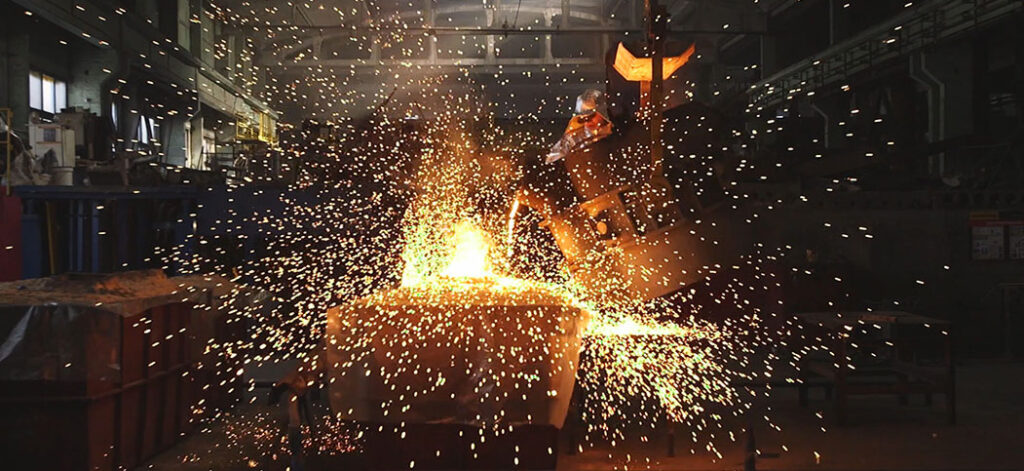Batteries have become an integral part of our daily lives, powering everything from smartphones to electric vehicles. But have you ever considered the potential risks associated with the batteries that enable the seamless functioning of these devices? While advancements in battery technology have revolutionised the way we live, it’s crucial to explore the potential hazards these power sources pose.
Lithium-ion batteries are combustible and hazardous, with the potential of dangerous and explosive thermal runaway – which can not only have devastating consequences for the environment and property but can threaten human life. Therefore, it is important to understand the first signs of a possible disaster – off-gassing.
Understand Off-gassing: The Silent Emission
Off-gassing refers to the release of gases from lithium-ion batteries often as a result of abuse or misuse. When a battery is subjected to conditions such as overcharging, over-discharging, or physical damage, it can lead to the breakdown of internal components, causing the release of gases. These gases typically include carbon dioxide, carbon monoxide, and other volatile organic compounds – which can be toxic for anyone who may come in contact with them.
Explaining Off-gassing Dynamics:
Off-gassing dynamics differ based on battery setups. In enclosed setups like racks or small housings, off-gassing can accumulate within the confined space, increasing the risk of pressure buildup and ignition. In open setups, such as outdoor installations, off-gassing may dissipate more easily, but still poses risks in poorly ventilated areas.
How Off-gassing Occurs and the Timeline:
Although not always a guaranteed precursor to thermal runaway in lithium-ion batteries, off-gassing events typically occur early in their failure. Thermal runaway occurs when a battery undergoes uncontrolled heating, leading to a rapid increase in temperature and pressure within the cell. This escalation can ultimately result in the battery catching fire or exploding, posing significant safety hazards.
The timeline for off-gassing can vary depending on the severity of the abuse and the type of battery. In some cases, off-gassing may occur gradually over time as the battery undergoes repeated stress, while in other instances, it may occur suddenly due to a single event, such as overcharging.
Factors in which Off-gassing can occur:
- Physical Damage: Any damage to the battery, such as punctures or crushing, can cause internal components to degrade, leading to off-gassing.
- Overcharging: Excessive charging can cause the decomposition of electrolytes within the battery, leading to gas generation.
- Overheating: Like off-gassing, excessive heat can trigger thermal runaway by destabilising the battery’s internal chemistry.
- Over-discharging: Discharging a battery beyond its recommended limit can also result in the release of gases.
- Internal Short Circuits: Any malfunction that causes a short circuit within the battery can initiate thermal runaway.
- Manufacturing Defects: Faulty manufacturing processes can introduce weaknesses in the battery structure, making it more susceptible to thermal runaway.
What are the dangers of Off-gassing buildup?
Off-gassing buildup can lead to the battery storage container turning into a pressure vessel that is just waiting for a spark to ignite. To mitigate this risk, it’s crucial to have a monitored ventilation system in place. Additionally, compliance with FM standards is essential, as BESS should maintain lower than 25% LFL or have a container that can open to vent gas, ensuring safety in case of off-gassing.
Why Early Detection of Off-gassing is Critical:
Early detection plays a critical role in preventing catastrophic battery incidents. By identifying signs of off-gassing at the onset, operators can intervene before the situation escalates into thermal runaway. Here’s why early detection is crucial:
- Preventative Maintenance: Early detection allows for timely maintenance and corrective action to address battery issues before they worsen. Routine monitoring of off-gassing can help identify underlying problems in battery systems, such as overcharging or internal damage, enabling proactive maintenance to mitigate risks.
- Risk Mitigation: Off-gassing serves as an early warning sign of potential battery failures. By monitoring off-gassing levels, operators can implement risk mitigation measures, such as adjusting charging parameters or isolating malfunctioning batteries, to prevent thermal runaway and its associated hazards.
- Enhanced Safety: Timely detection of off-gassing enhances safety for both personnel and property. It provides an opportunity to evacuate affected areas, implement emergency protocols, and minimise the impact of battery-related incidents on surrounding environments. Additionally, early intervention reduces the likelihood of injuries and property damage resulting from thermal runaway events.
- Cost Savings: Detecting off-gassing early can help avoid costly repairs or replacements of damaged batteries and equipment. By addressing issues proactively, operators can extend the lifespan of batteries, optimise performance, and avoid unplanned downtime, resulting in significant cost savings over time.
- Regulatory Compliance: Many regulatory standards and guidelines mandate the monitoring of off-gassing as part of battery safety protocols. Early detection ensures compliance with regulatory requirements and demonstrates a commitment to maintaining safe battery operations in accordance with industry standards.
Incorporating robust gas detection systems and technologies for early detection of off-gassing is essential for proactive risk management and maintaining the integrity of battery systems. By prioritising early detection, stakeholders can safeguard against potential hazards, minimise disruptions, and promote the safe and sustainable use of battery technology across various applications.
Click here to speak to us about safeguarding your business
For more information on battery safety, download our eBook ‘The Battery Boom: The Explosive Rise of Thermal Runaway and how you can prevent it’.
INDUSTRY INSIGHTS
Subscribe to get the latest insights
IN your inbox
Read about Crowcon’s Privacy and Cookie policy here. If you change your mind, you can unsubscribe at any time






